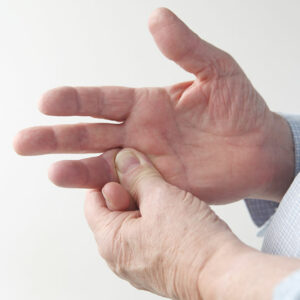5 golfing mistakes every beginner should avoid

Golf is a challenging sport to master. Sure, you won’t hear enthusiastic commentary or witness nail-biting running across the field; but if you understand the sport, it can be just as exciting despite the slow pace. That said, it takes practice and patience to get good at golf. As a beginner, it is next to impossible to avoid mistakes, but the learning curve is lots of fun if you are willing and eager.
5 golfing mistakes every beginner should avoid
Choosing the wrong equipment
A common golf swing mistake arises from picking the wrong equipment. Choosing the right club takes time and can be difficult because of the sheer amount of options available. An important tip to remember is that choosing the right club is more important than choosing the expensive one. It is not advisable to go out and buy a custom set of golf clubs on a whim. Instead, practice your swing with some clubs and take a few test swings, before buying one. This will help you avoid common swing mistakes on your golfing journey.
Skipping through warm-up
While slow-paced, golf requires as much warming up as in other sports. If you don’t believe us, jog your memory back to your first few days of swinging around that golf club. Now, do you remember the agony your muscles went through? You can dial down that pain by putting aside some time for warm-up and regular exercise. Plus, warm-ups are a great way of avoiding injuries and improving performance. Try gentler swings before going all in on days you just cannot bring yourself to warm up. It will keep you from pulling your muscles and messing up your swing.
Not guarding your grip
Beginning your golfing journey can be a gratifying experience, but it can lead to disappointment more often than not. It can be a hard feat to find the right grip, especially for beginners. Note that finding the right grip will take time and lots of practice. A tight grip leads to a compromised swing, resulting in a compromised aim and fluidity. Not to forget, having a loose grip on the club will have it flying off when you swing. Therefore, not guarding and perfecting your grip is one of the most common golf swing mistakes most beginners need to get a handle on.
Practicing inefficiently
Your practice would not amount to much if you are doing it without proper structure and goal. While it is important to be consistent with your practice, you won’t achieve your goals by consistency alone. Aiming for the right hole and delivering on those aims is just as important. It is vital to practice on the golf course and stimulate the environment of the real game. It will help you improve your shots and make it easier for you to identify your shortcomings.
Ignoring the basics
Being a beginner means seeking out expert tips from those who know their trade. However, it is misleading to tout any swing tactic as the only right one. That is because what worked for them might end up ruining your swing. The three basics of getting your swing right are alignment, grip, and posture. Imagine having a perfect grip and the wrong swing, no matter how well you try to implement the “expert advice” would you make the hole?



